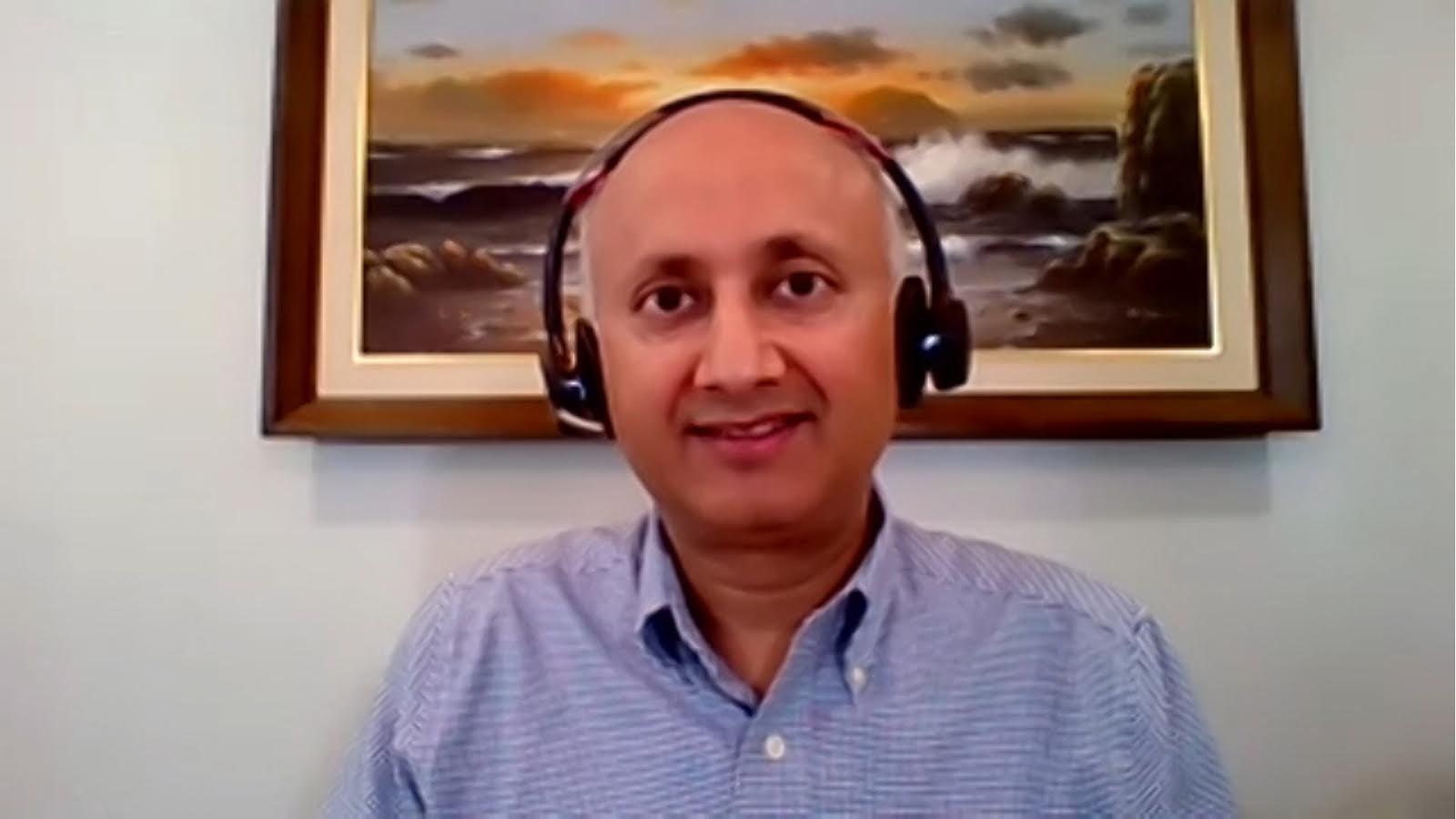 CLOUD
CLOUD
 CLOUD
CLOUD
 CLOUD
CLOUD
When Oracle Corp. acquired Sun Microsystems for $7.5 billion in 2009, there was some concern expressed in the tech community that the company would view Sun’s open-source database – MySQL – as a troublesome competitor, destined for oblivion.
Instead, Oracle has taken the MySQL car into the garage, added a new engine, fine-tuned the steering, and rolled out an in-memory database query accelerator, which the company claims is faster than anything else on the cloud market today.
The new service, which Oracle introduced last year under the name HeatWave, offers an intriguing new spin on a technology that made its first appearance over 25 years ago.
“We enhanced MySQL significantly and wrote a whole bunch of new code, which is optimized for the cloud,” said Nipun Agarwal (pictured), vice president of MySQL, HeatWave and advanced development at Oracle. “If you take the MySQL Database Service in HeatWave in Oracle Cloud and compare it with MySQL service in any other cloud, looking at data sizes which are half a terabyte or so, HeatWave is 400 times faster in terms of latency. It offers improved performance and very good scale at a lower cost.”
Agarwal spoke with Dave Vellante, host of SiliconANGLE Media’s livestreaming video studio theCUBE. They discussed Oracle’s pursuit of a unified approach for transactions and analytics, leveraging cloud and processor technologies to improve performance, how the company re-architected MySQL, and what the future holds for HeatWave.
Oracle’s HeatWave solution is geared to address what the company saw as a weakness in MySQL for modern enterprise use. It was great for handling transactions, but it came up short when having to deploy analytics workloads.
“MySQL has been optimized for transaction processing, but when customers need to run analytics, they need to move the data out of MySQL into some other database,” Agarwal said. “We are the only vendor offering this unified solution for both transactional processing and analytics.”
How exactly did Oracle re-architect MySQL to be scalable, fast, and inexpensive? At a basic level, the company made a decision to drive HeatWave’s affordable cost by leveraging cloud and processor technologies.
“We are using commodity cloud services in such a manner that it’s optimized for both performance and performance per dollar,” Agarwal explained. “We are working with chips which provide the cheapest cost per terabyte of memory. We’re not using any locally attached solid state drives, we use ObjectStore because it’s very inexpensive.”
There was still the not-so-trivial matter of re-designing MySQL’s architecture to be scalable and fast. Oracle boosted scalability by creating new algorithms that can overlap computation with communication time as data is channeled across nodes, according to Agarwal.
Speed was handled by also designing algorithms for distributed query processing within HeatWave’s in-memory engine.
“HeatWave has a massively parallel architecture, which is enabled by a massively partitioned architecture,” Agarwal said. “We read the data from MySQL into the memory of HeatWave and we massively partition this data. The sizes of these partitions are such that they fit into the cache of the underlying processor and then we’re able to consume these partitions really, really fast.”
Agarwal pointed out that HeatWave is an Oracle service, not open source, but the company has made its SQL scripts available in a GitHub repository for benchmarking. Further enhancements are planned.
“As you add more compute, as you add more service, the system continues to scale almost perfectly linearly,” Agarwal said. “Over the next few months, you will see announcements where we’re adding machine learning and data-driven based automation, which we believe is critical for the cloud.”
Watch the complete video interview below, and be sure to check out more of SiliconANGLE’s and theCUBE’s CUBE Conversations.
Support our open free content by sharing and engaging with our content and community.
Where Technology Leaders Connect, Share Intelligence & Create Opportunities
SiliconANGLE Media is a recognized leader in digital media innovation serving innovative audiences and brands, bringing together cutting-edge technology, influential content, strategic insights and real-time audience engagement. As the parent company of SiliconANGLE, theCUBE Network, theCUBE Research, CUBE365, theCUBE AI and theCUBE SuperStudios — such as those established in Silicon Valley and the New York Stock Exchange (NYSE) — SiliconANGLE Media operates at the intersection of media, technology, and AI. .
Founded by tech visionaries John Furrier and Dave Vellante, SiliconANGLE Media has built a powerful ecosystem of industry-leading digital media brands, with a reach of 15+ million elite tech professionals. The company’s new, proprietary theCUBE AI Video cloud is breaking ground in audience interaction, leveraging theCUBEai.com neural network to help technology companies make data-driven decisions and stay at the forefront of industry conversations.